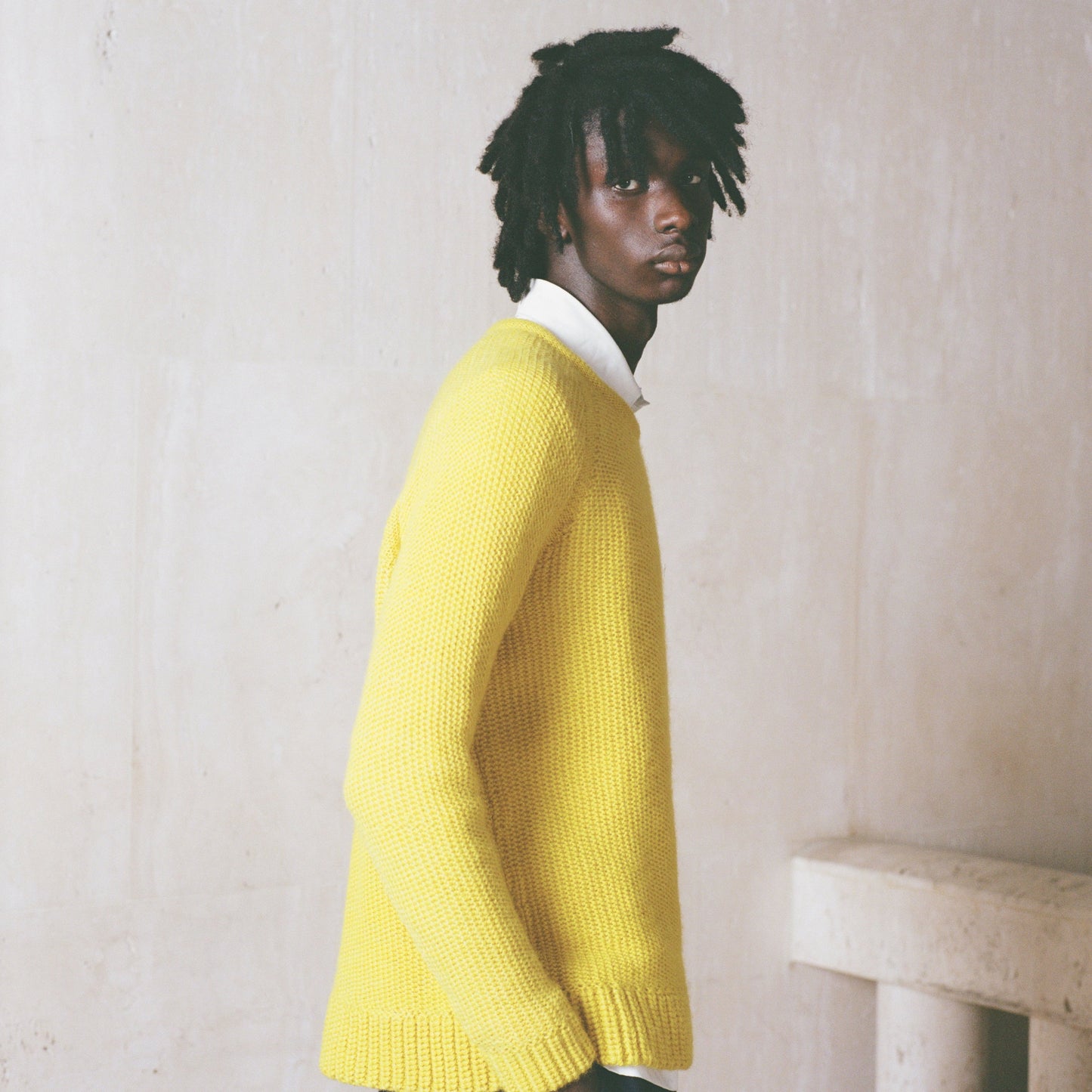TOMORROW'S WARDROBE
Until August 2025, Design Museum, 224–238 Kensington High St, London designmuseum.org
A new display at the Design Museum in London, Tomorrow’s Wardrobe explores the efforts made by creatives across the fashion industry to reduce their environmental impact. Amongst the exhibits is a Phoebe English piece from her 2021 collection, created in collaboration with South East England Fibreshed. The sweater is knit with the wool from a flock of Romney Marsh sheep raised at Plaw Hatch Farm in Sussex, processed and spun by the Natural Fibre Company in Cornwall and dyed by Deborah Barker, owner of Field & Folk natural dye company, using homegrown weld. This striking chartreuse sweater debunks the misconception that natural dyes can’t produce vibrant colour.
Share


